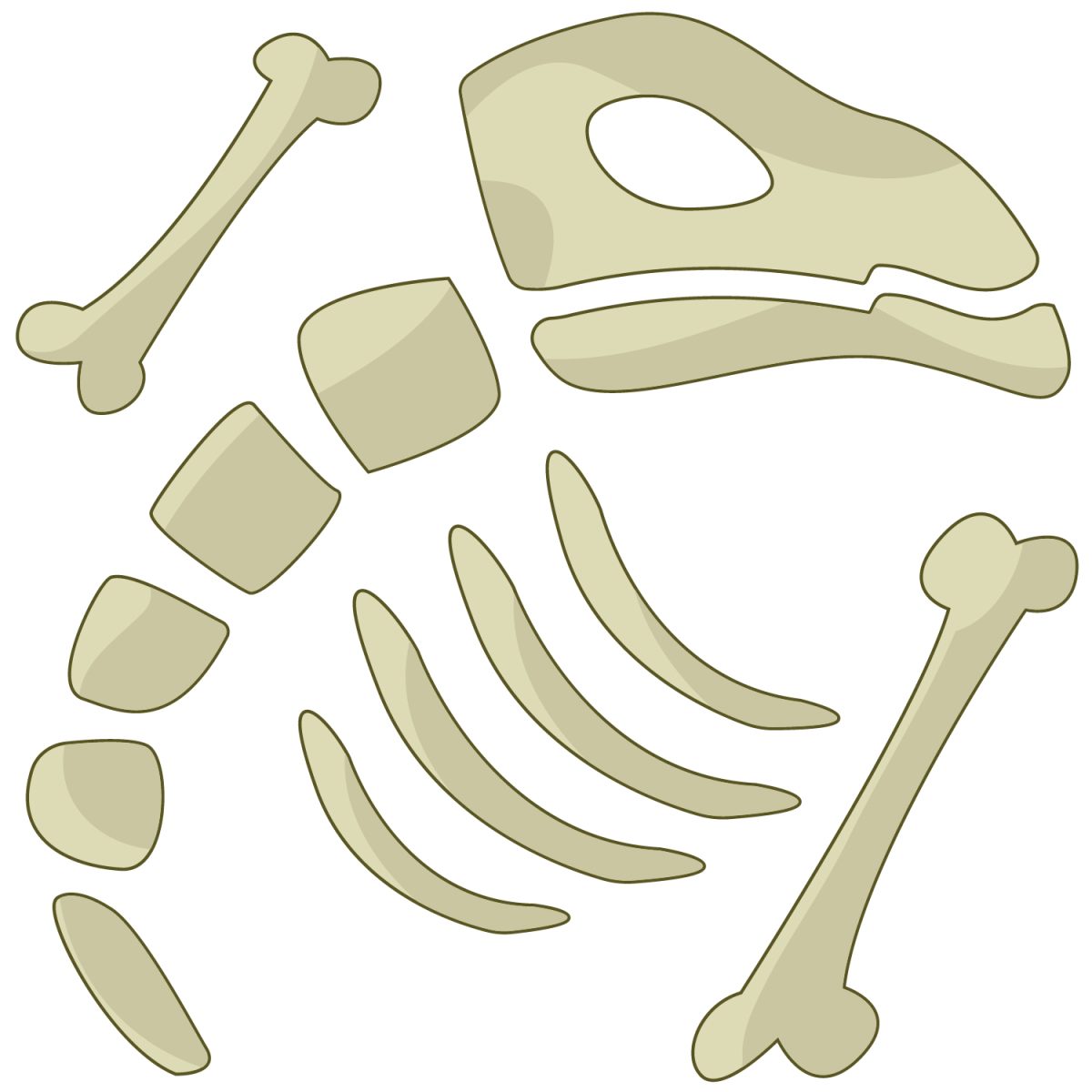The National Park Service issued a news release on Oct. 6, concerning the discovery of rare Jurassic fossils along the shore of Lake Powell in Arizona. A field crew from the Glen Canyon Recreation Area found a bonebed within the Navajo Sandstone in the Glen Canyon Group.
A bonebed represents a layer of rock or sediment that is abundant with bones or bone fragments. Typically, these formations result from catastrophic events such as floods, where many organisms die in a short time and their remains become encased in sediment.
The condition of bones within a bonebed can vary considerably, ranging from well-preserved, articulated skeletons to disarticulated bones and fragments. The state of preservation, along with the characteristics of the surrounding rock layer, play roles in dating the skeletal remains.
The distribution of bones within a bonebed can offer insights into the behavioral patterns of the organisms found.
The bonebed was uncovered in March 2023 when paleontologists noticed it beneath the waters of Lake Powell. This finding was only possible due to the low water levels of the lake. The location was only accessible for a brief time, but the crew managed to collect several hundred pounds of rock samples.
The identified bones belong to the tritylodontid, an extinct herbivore with mammal-like characteristics that lived from the late Triassic period to the early Cretaceous. The name “tritylodontid” derives from the distinctive three-knobbed structure of their molars. These creatures were initially documented in England in 1884 and in South Africa shortly after.
These specimens are going to be scanned at the University of Utah South Jordan Health Center before the St. George Dinosaur Discovery Site at Johnson Farm will prepare them and perform further study. These rare fossils will eventually be displayed at the Prehistoric Museum in Price, Utah.
Lake Powell’s geological formations conceal a large number of undiscovered fossils, establishing Glen Canyon NRA as a hub for paleontological research within the National Park Service. The Glen Canyon Group is home to an abundance of footprints left by carnivorous dinosaurs.
These sedimentary rocks were formed by rivers, lakes, streams and deserts from the late Triassic to the early Jurassic periods. One of the Earth’s major mass extinctions occurred during this period.
Jurassic Fossils Found in Utah
0




